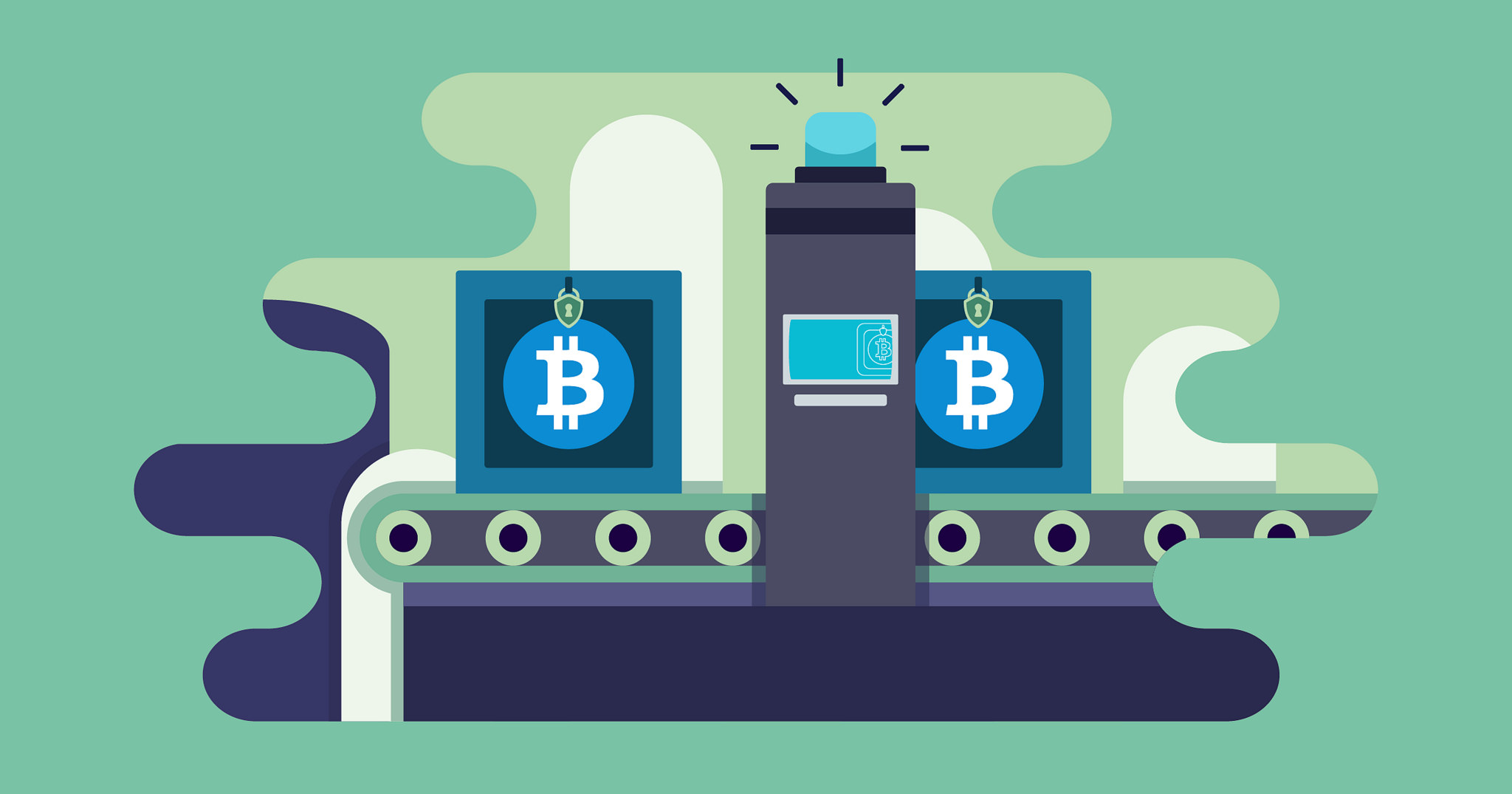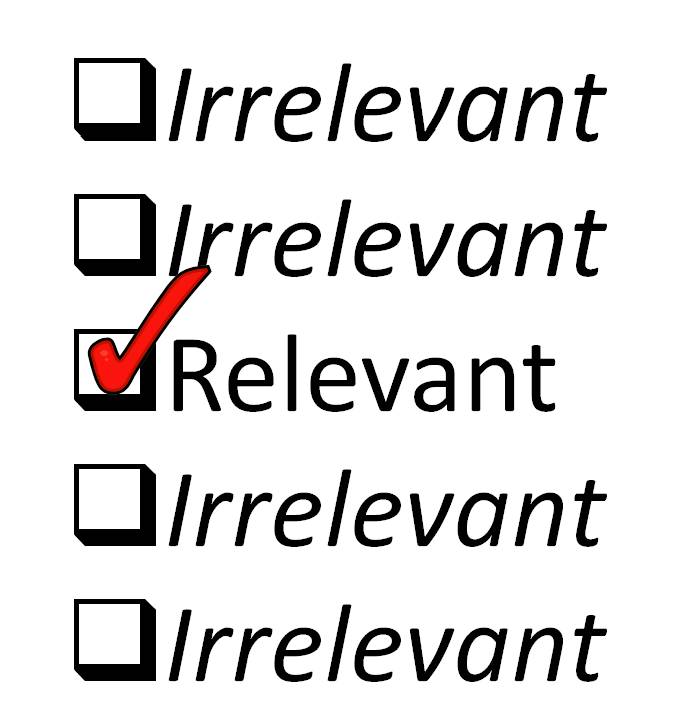Blockchain verification and validation
Blockchain Validation

Blockchain networks can be categorised by the way that new coins are distributed within the network. These different categories are commonly known as proofs. There are many types of proofs and in this lesson, I will go over each one and explain their differences.
Proof Of Work
Anyone on a blockchain that uses proof of work can become what is called a node. Or more commonly known as a miner. These people all keep a copy of the blockchain on their computers. By doing this they help secure the blockchain by having a copy of the ledger. This means that there is hundreds or thousands of people with this ledger, meaning that not one person has it and is in full control of it.

accreditation: Descryptive.com
Proof of work is where these miners are given a hard mathematical problem for their computer to solve. This problem is generating a specific SHA-252 hash. Each block in the blockchain has a block number with a hash associated with it. No one knows what this hash is, So all of the miners are in a sort of race to solve the number, every time a new hash is created it is compared to the block and is either rejected or verified as the correct hash. When a miner verifies the correct has the are rewarded with a certain amount of coins from solving that blocks math problem.
Advantages:
- Anyone can be a node/miner
- This stops the ability to perform DDOS attacks as it requires some sort of work for any information to be pushed to the blockchain
- Everyone who is a node/miner contains a ledger of the blockahin, meaning there is no way to shut it down.
Disadvantages:
- Solving these mathematical problems require an insane amount of power. (Currently Bitcoin mining is using more or close to the amount of power used to run New Zealand)
- Proof of work in it's current state is unsustainable
- Proof of work requires Specific ASCII computers to get any real result, Which consume lots of power and are quite expensive to buy.
Proof Of Stake
Proof of stake is a bit different to proof of work, instead of having miners solving a mathematical problem, people who want to be a node will have to stake a portion of their own money. Then over a period of time blocks are mined as part of the blockchain code, releasing a number of tokens into the system. The people who have staked their coins are then rewarded a portion of the blocks tokens. These nodes still work in the same way as a miner,
as in they still approve or disapprove a transaction. However, if they do something within the network that a majority of people do not like, They can lose their stake. Which can be a lot of money.

Advantages:
- Proof of stake doesnt require any computer mining meaning no huge power cost.
- Nodes have to use their own money, which insures they will do right by the network
Disadvantages:
- Whilst this is an advantage as well, It is also a bit nerve racking to stake all of your money into the blockchain.
- Anyone can be a node meaning the reward pool is smaller.
Delegated Proof Of Stake
Delegated proof of stake is similar to proof of stake, the difference here is only 21 people can run the network. If you want to become a delegate there are websites in which you need to write up what is essentially a resume. Explaining what you will do for the network and how you will help it to grow. Then the community vote for the delegates they want to see run the network. In turn. if someone wants to change the network it must be put forward to the other delegates and then depending on the blockchain, a % of delegates must agree in a consensus for the change to go ahead. For example in Steem the delegates are called witness's, It requires 15 out of the 21 witness to agree to make a change to the network.

If a delegate starts doing things people do not like or want to change the way things work on their own, people will simply vote them out and then vote in some new people to run the network. This means it is still completely decentralised and fully in the people's control.
Advantages:
- Full voting system meaning that the people put who they want in charge.
- Doesnt require computer calculations, so there is no power costs
Proof Of Brain

Proof of brain is a new idea in this space. Currently steem is the only user of proof of brain.
The idea of proof of brain is you get rewarded for content you create. Steem is a social network, that allows people to blog, create videos or do podcasts and get paid for it. The better the content the better the reward.
Proof of brain is a very interesting idea indeed. You can now imagine places like Wikipedia using steem so that they can be paid for there work, as they should be!